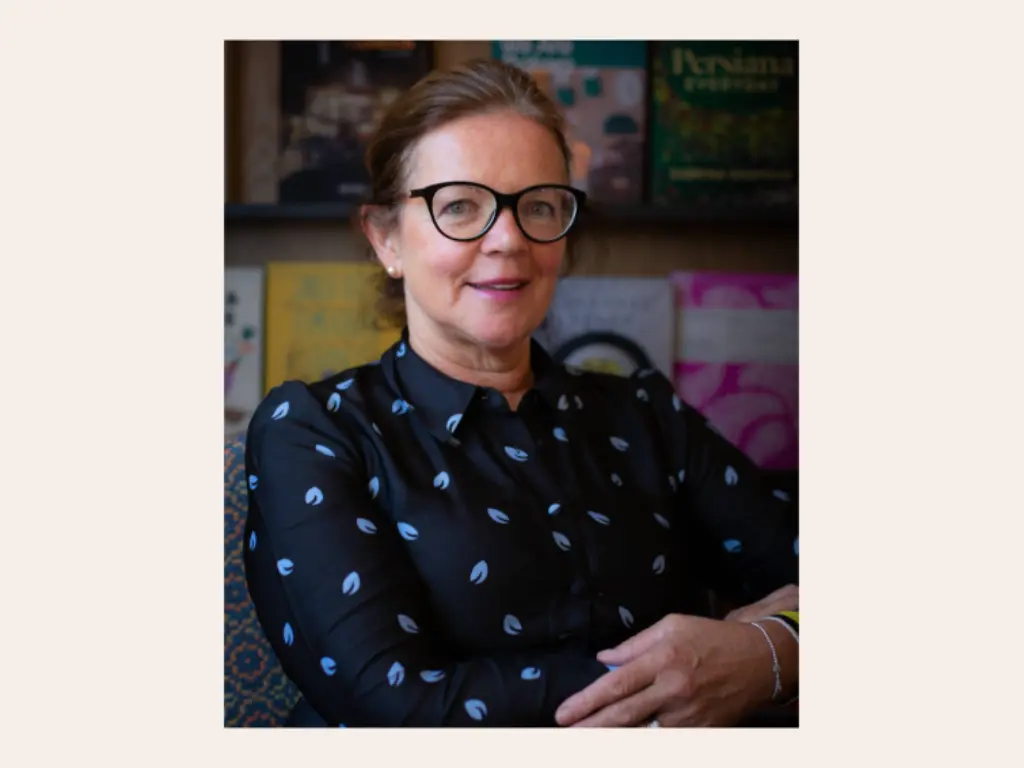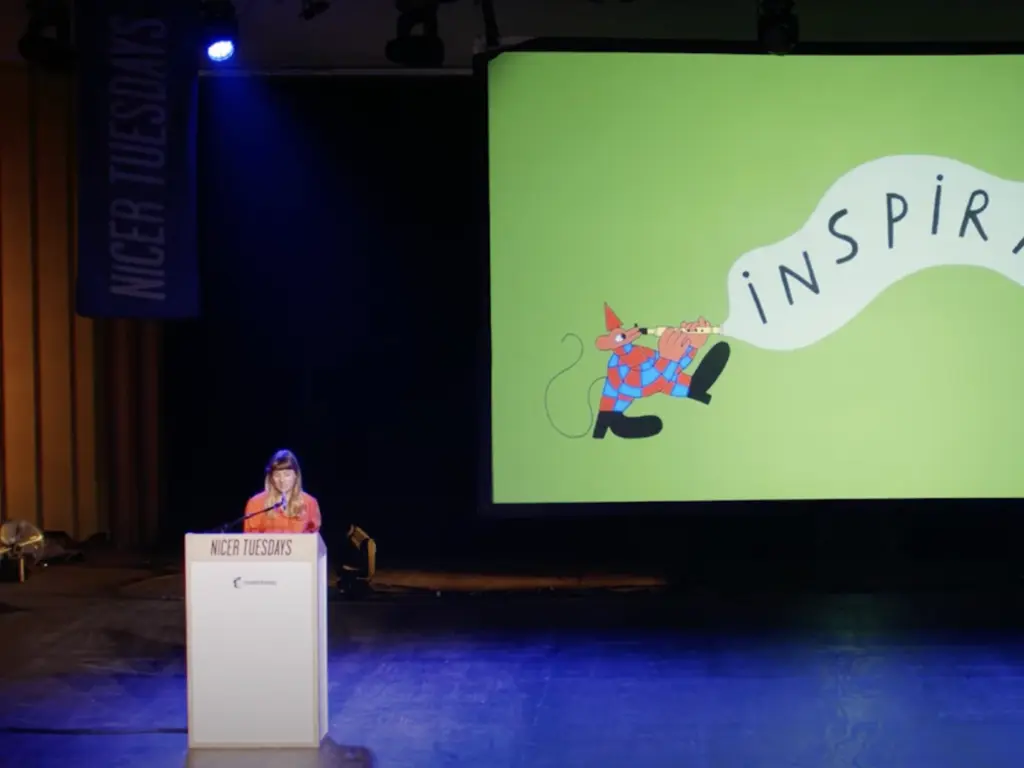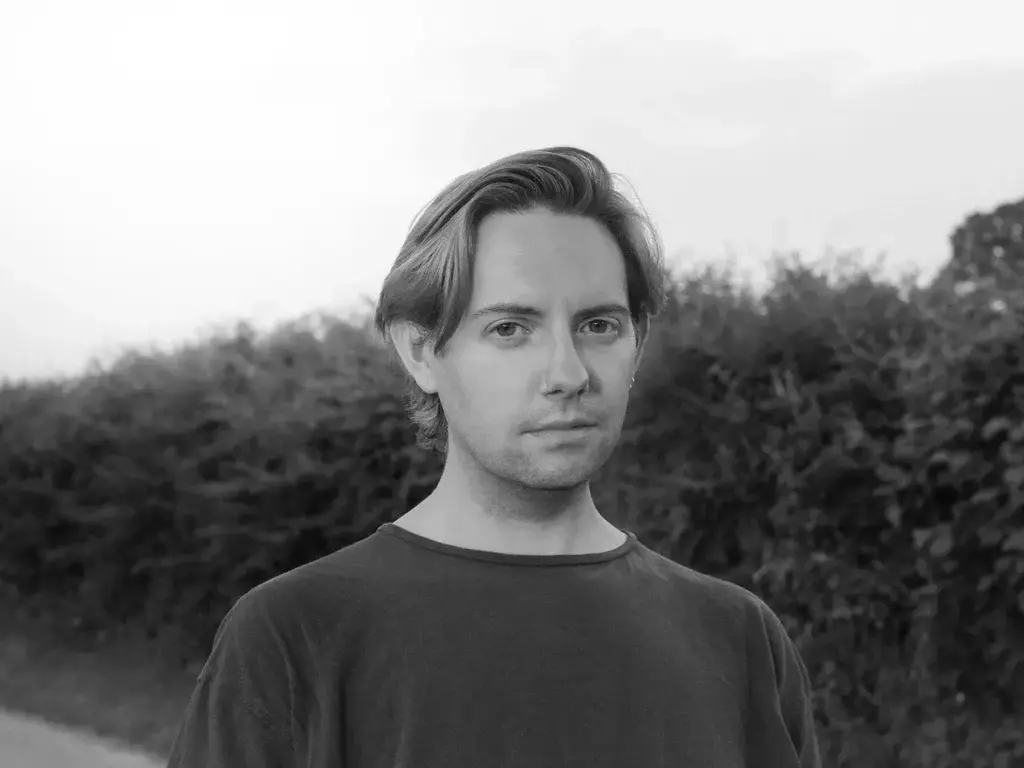- Home
- Latest News
Latest News
Stay informed with the latest news, events, and achievements from across our creative community. Explore exciting updates and developments happening within the college, and stay connected with everything that's shaping our vibrant, innovative environment.

Julie Finch, CEO of Hay Festival, appointed HCA Chair of Governors
Hereford College of Arts (HCA) has announced the appointment of Julie Finch, Chief Executive Officer of Hay Festival Foundation as its new Chair of the Board of Governors. Julie succeeds Mervyn Jones, who steps down after nine years of service.
2 mins read time

Lucas Norris featured alongside leading international blacksmiths in latest EIP from Peters Valley School of Craft (USA)
4 mins read time

Aysha Tengiz on the Nicer Tuesdays stage talking vulnerability and illustration
1 min read time

NSS: HCA undergraduate degree courses achieve outstanding National Student Survey results
3 mins read time

Exceptional results for HCA students at both Level 3 and Level 2
3 mins read time

'Hello Riso' - Beth Izatt's new book provides a delightful intro to the world risograph printing
4 mins read time

Photography lecturer Epha J. Roe opens new show at Ridgebank Gallery
7 mins read time

- Craftsmanship & Fabrication
- News
- Postgraduate
- Blacksmithing
- School of Materials & Design
Embracing the power of forged metals at Hereford College of Arts new master programme
6 mins read time

- News
- Prototyping and Physical Design
- Craftsmanship & Fabrication
- Awards
- Undergraduate
- Blacksmithing
- School of Materials & Design
Cameron Pearson wins New Designer of the Year award 2025
3 mins read time

- Events
Come and see us at Discovery Manchester 2024
We’ll be exhibiting at Discovery – Manchester, and we’d love to see you there! This exciting two-day event invites prospective students to explore all their future options under one roof.
1 min read time

- Events
Ferrous 24 – an international festival of artist blacksmithing returns
2 mins read time

- Events
Come and see us at Create Your Future Manchester 2023
1 min read time

- Events
- Degree Show
College Showcase demonstrates incredible talent across campus
1 min read time

- Staff
- Awards
Delyth Done, Head of School at HCA, awarded MBE in recognition to her services to Artist Blacksmithing and Heritage Crafts
2 mins read time

- Events
- Degree Show
The 2023 HCA Degree Show
1 min read time

- Sustainability
Students Organising for Sustainability – Leaderboard!
1 min read time

- In the city
Lothar Götz at Kingston Clock Tower
1 min read time

- Alumni
- Q&A
HCA Graduate Talks – Lydia Hand
2 mins read time